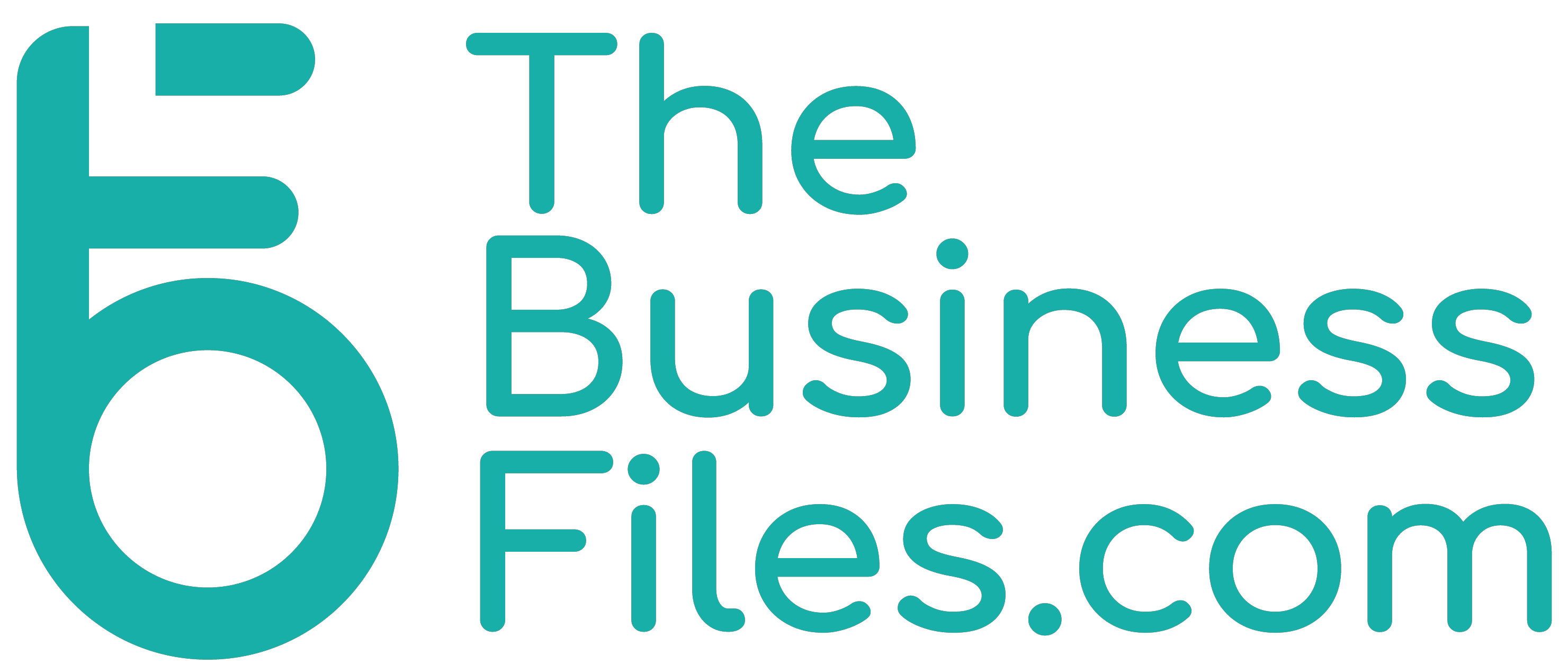Founded in 1993 by brothers Tom and David Gardner, The Motley Fool helps millions of people attain financial freedom through our website, podcasts, books, newspaper column, radio show, and premium investing services.
Founded in 1993 by brothers Tom and David Gardner, The Motley Fool helps millions of people attain financial freedom through our website, podcasts, books, newspaper column, radio show, and premium investing services.
You’re reading a free article with opinions that may differ from The Motley Fool’s Premium Investing Services. Become a Motley Fool member today to get instant access to our top analyst recommendations, in-depth research, investing resources, and more. Learn More
Zoom Video Communications (ZM -0.38%) and C3.ai (AI 2.66%) were both red-hot growth stocks back in late 2020. Zoom’s stock closed at an all-time high of $568.34 in October, while C3.ai hit a record of $177.47 in December.
But over the following two years, both stocks crumbled as investors realized their slowing growth couldn’t support their frothy valuations. Rising interest rates and other macro headwinds exacerbated those declines. Zoom and C3.ai now trade at about $67 and $11, respectively.
Should investors buy either of these fallen growth stocks as a turnaround play?
Image source: Getty Images.
Zoom became a household name during the pandemic as more people used its video conferencing platform to attend online classes, work remotely, and keep in touch with family and friends. Zoom stood out in that saturated market because it had a catchy brand and was easier to use than enterprise-oriented platforms like Cisco Systems‘ Webex.
Zoom’s freemium model attracted new users, then encouraged them to upgrade to its paid tiers for longer meetings and more features. As a result, its revenue surged 326% to $2.65 billion in fiscal 2021 (which ended in January 2021) while its adjusted net income jumped nearly tenfold to $996 million.
But as the lockdowns ended, Zoom’s growth cooled off. A growing number of competitors — including Microsoft Teams, Meta Platforms‘ Facebook Messenger Rooms, and Alphabet‘s Google Meet — were also expanding across the video conferencing market. Zoom attempted to buy the cloud communications company Five9 to widen its moat against those competitors, but that deal fell through in September 2021.
In fiscal 2022, Zoom’s revenue still rose 55% to $4.1 billion as its adjusted net income increased 56% to $1.6 billion. But in fiscal 2023, it expects its revenue to only grow 7% and for its adjusted net income to decline 3%-4% as it ramps up spending on sales capacity, marketing campaigns, and new partnerships. In short, Zoom needs to spend more money to keep growing now that its pandemic-era heyday has ended.
That’s not what investors wanted to hear as interest rates continued to rise, so they stopped paying a premium for its high-flying shares. But even after its steep decline, Zoom still trades at about 4 times next year’s sales — which arguably isn’t a bargain relative to its single-digit sales growth.
C3.ai develops AI algorithms that can be directly plugged into an organization’s existing software to accelerate tasks, cut costs, improve employee safety, and detect fraud. It mainly serves large energy, industrial, financial, and military customers.
C3’s revenue soared 71% to $157 million in fiscal 2020 (which ended in April 2020), but rose just 17% to $183 million in fiscal 2021 as the pandemic disrupted the energy and industrial markets. Its revenue increased 38% to $253 million in fiscal 2022 as the pandemic passed, but it expects just 1%-2% growth this year as inflation, rising interest rates, and other macro headwinds prompt enterprise customers to rein in their spending on big software upgrades.
As its growth slows down, C3 remains deeply unprofitable by both GAAP (generally accepted accounting principles) and non-GAAP measures. It also generates more than 30% of its revenue from a joint venture with the energy giant Baker Hughes, and that deal is set to expire in fiscal 2025 and might not be renewed.
In addition, its unexpected transition from subscriptions to usage-based fees in 2022 suggest it is struggling to lock customers into longer-term commitments. All those issues, along with its constant guidance reductions and messy leadership transitions under three different CFOs over the past two years, drove away the bulls.
On the bright side, C3 still expects its revenue to grow more than 30% annually over the long term. It continues to gain new contracts, and its ongoing partnership with Google Cloud might help it reach more enterprise customers and reduce its overall dependence on Baker Hughes.
Investors also stopped paying a premium for C3’s stock as its core business cooled off. Like Zoom, it also trades at about 4 times next year’s sales.
I wouldn’t buy either of these out-of-favor tech stocks until the broader market stabilizes. But if I had to choose one as a turnaround play right now, I’d pick Zoom over C3 in a heartbeat because its business model is simpler, it’s growing faster, it’s more profitable, and it doesn’t have any major customer concentration issues.
Randi Zuckerberg, a former director of market development and spokeswoman for Facebook and sister to Meta Platforms CEO Mark Zuckerberg, is a member of The Motley Fool’s board of directors. Suzanne Frey, an executive at Alphabet, is a member of The Motley Fool’s board of directors. Leo Sun has positions in Alphabet and Meta Platforms. The Motley Fool has positions in and recommends Alphabet, Cisco Systems, Five9, Meta Platforms, Microsoft, and Zoom Video Communications. The Motley Fool recommends C3.ai. The Motley Fool has a disclosure policy.
*Average returns of all recommendations since inception. Cost basis and return based on previous market day close.
Invest better with The Motley Fool. Get stock recommendations, portfolio guidance, and more from The Motley Fool’s premium services.
Making the world smarter, happier, and richer.
Market data powered by Xignite.

